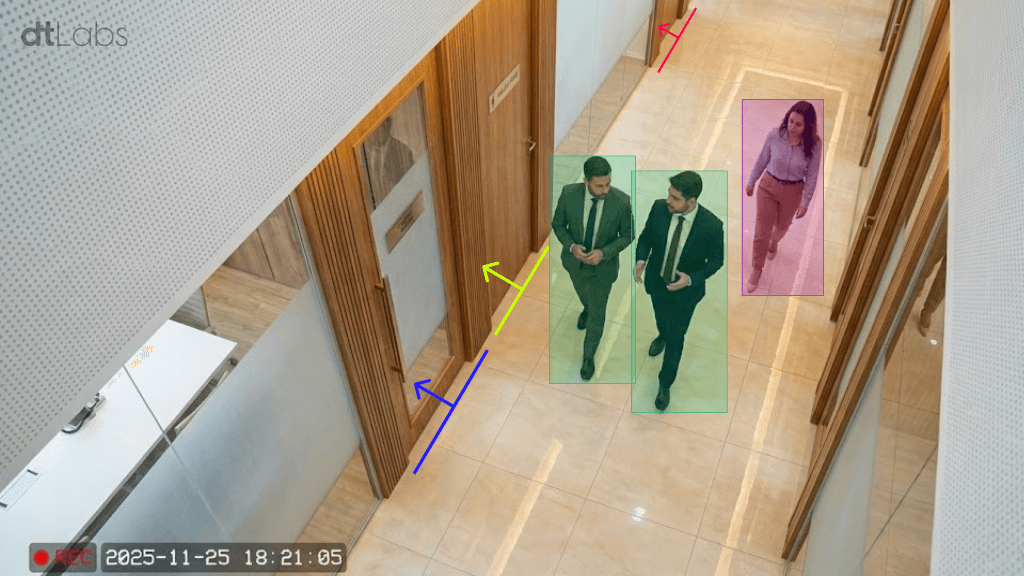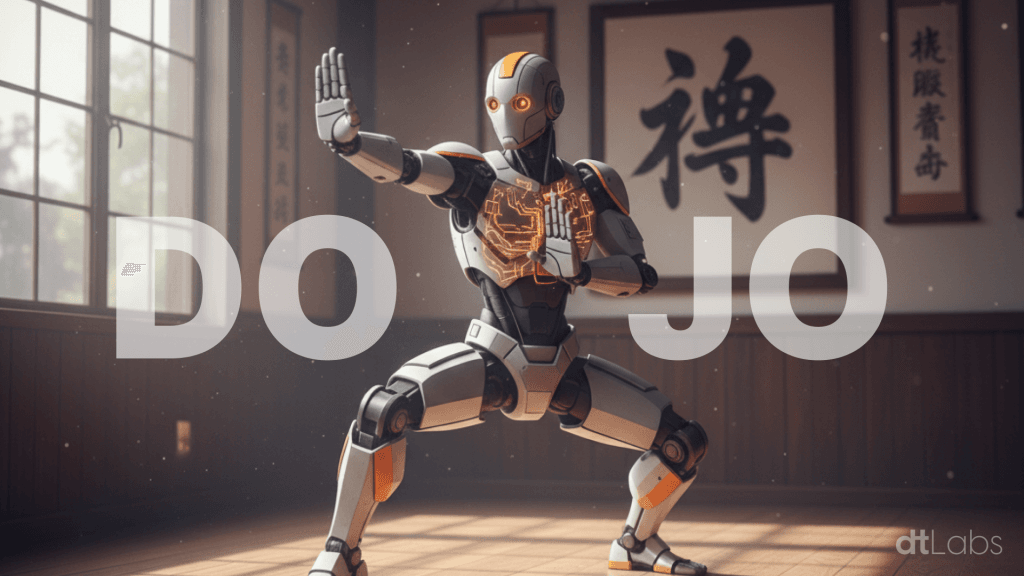Sumário
Há mais de 1.700 anos, São Nicolau espalha compaixão, presentes e o espírito natalino por todo o planeta. Mais conhecido como “Papai Noel”, hoje ele comanda um empreendimento com alcance global, operando uma verdadeira fábrica de sonhos em uma escala que deixaria qualquer especialista em logística e produção boquiaberto.
Mas todo mundo tem limites, mesmo um homem com poderes sobrenaturais e auxiliado por uma legião de duendes. Reconhecendo que precisava de ajuda para superar desafios e manter a magia do Natal viva, o bom velhinho recorreu à tecnologia. Mais especificamente, à visão computacional.
Com isso conseguiu otimizar processos, agilizar entregas e melhorar as condições de trabalho, suas e de seus colaboradores. Neste estudo de caso, mostramos como a visão computacional salvou o Natal.
O desafio
O principal desafio enfrentado por Nicolau é a escala de sua operação, afinal as coisas mudaram muito em 17 séculos. Quando tudo começou, por volta do ano 300, o mundo tinha 200 milhões de habitantes. Hoje, somos mais de 8 bilhões, dos quais quase 2 bilhões são crianças menores de 14 anos, segundo dados da ONU.

Imagine receber os pedidos, organizar linhas de produção e planejar a distribuição dos presentes (que tem que ser feita em uma única noite!) para um planeta inteiro. Sem falar na necessidade de gestão dos espaços, limpeza, segurança e tudo o mais que é parte de uma operação industrial moderna.
A solução
A visão computacional foi implantada em todas as etapas do processo de produção e operação da fábrica, um complexo de milhares de metros quadrados escondido entre os pinheiros na floresta boreal da Lapônia, no norte da Finlândia, praticamente no círculo polar ártico (ou “polo norte”, como a região é conhecida no folclore popular)
A começar pelo controle do acesso à fábrica. Antigamente isso era feito manualmente, na base do “cara crachá” e causava grandes filas e muita frustração entre os duendes, já que era difícil diferenciar entre eles. Afinal, todos têm a mesma altura, bochechas rosadas e vestem roupas idênticas. Hoje, graças à tecnologia de reconhecimento facial, as filas desapareceram.
No chão da fábrica, a segurança dos ajudantes é fundamental. A visão computacional é usada para se certificar de que os duendes estão utilizando corretamente seus equipamentos de proteção (como gorros e cachecóis), respeitando zonas de segurança e evitando encontros com maquinário pesado, como empilhadeiras.
Já na linha de produção, temos uma curiosa mistura entre o “velho” e o “novo”. Devido ao avanço da tecnologia, Papai Noel não consegue produzir todos os tipos de presentes desejados pelas crianças (PlayStations ainda são exclusividade da Sony), mas a fábrica ainda dá conta dos brinquedos mais tradicionais, como bolas, carrinhos e bonecas.
Eles são produzidos por duendes artesãos, com o mesmo cuidado de centenas de anos atrás, supervisionados por duendes mestres, cada um especializado em um tipo de brinquedo.

Aqui, a visão computacional é utilizada em um sofisticado sistema de controle de qualidade, que utiliza modelos personalizados de inteligência artificial. Os brinquedos prontos são colocados em esteiras, onde câmeras identificam e separam rapidamente os itens fora do padrão, e os enviam para oficinas onde recebem os reparos necessários. Itens aprovados vão para o setor de empacotamento, onde são embalados com os tradicionais papéis com temas natalinos e fitas coloridas.
Com os presentes prontos, chegou a hora de carregar o trenó, algo que não é nada fácil. A organização dos presentes, uma técnica aperfeiçoada ao longo de muitos séculos, tem que considerar o trajeto, para garantir que o item certo esteja à mão no momento exato, e que o bom velhinho não perca tempo procurando os presentes.
Felizmente, devido à rotação da Terra e aos fusos horários, Papai Noel tem cerca de 34 horas para completar suas entregas. Ainda assim, para cumprir seu cronograma, ele precisa visitar milhares de casas a cada segundo. Isso significa que é preciso controle absoluto sobre o horário da partida.
Para isso, um conjunto de câmeras alimenta modelos de visão computacional treinados para identificar os vagões do trenó e pacotes de presentes. Combinados a algoritmos de aprendizado de máquina (Machine Learning) treinados com dados operacionais, estes modelos permitem criar um “gêmeo digital” do trenó durante o carregamento.

Dashboards monitoram métricas como tempo total de carregamento, de manobra, de ociosidade dos duendes e vagões carregados por hora, e fornecem estimativas precisas de ocupação de cada vagão e do horário de partida.
A visão computacional também é utilizada em outros aspectos operacionais da oficina do Papai Noel. Um sistema inteligente de vigilância, com detecção de loitering e de invasão, monitora o perímetro para evitar que o Grinch estrague o Natal.
Até mesmo a gestão de facilities é simplificada, com alertas automatizados para a limpeza dos banheiros, evitando escalas rígidas que ocupam a equipe quer a limpeza seja necessária ou não. Além disso, a climatização das salas é ajustada conforme o uso, o que dá mais conforto à equipe e reduz o consumo de energia.
Os resultados
A implantação da visão computacional na fábrica trouxe claros resultados positivos para Papai Noel e seus ajudantes. Com o ganho de produtividade no processo, eles podem tirar mais dias de descanso entre o Natal e o início dos preparativos para o próximo ano.

O número de erros diminuiu e o humor da equipe, juntamente com as condições de trabalho, melhorou. O que antes parecia uma tarefa impossível agora é realizada com precisão, todos os anos, sem falha, e com folga para o próximo bilhão de crianças.
Próximos passos
Papai Noel agora estuda a implantação de outros sistemas na fábrica para otimizar ainda mais as operações. Por exemplo, uma solução de volumetria para monitorar o estoque de feno para as renas durante o inverno. Afinal, elas precisam estar muito bem alimentadas para encarar uma viagem ao redor do mundo.
E a satisfação é tanta que a propaganda boca-a-boca está surtindo efeito: o Coelho da Páscoa já pediu consultoria, pensando em otimizar a produção de ovos de chocolate.





